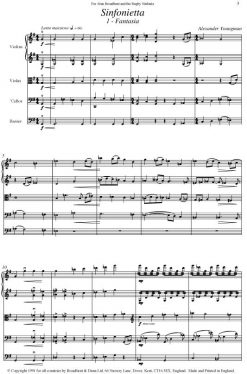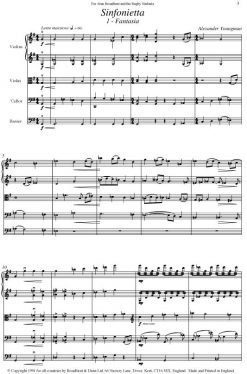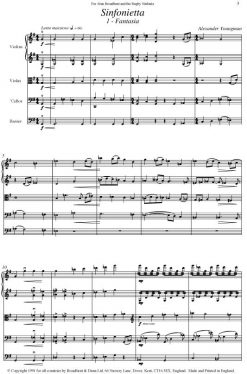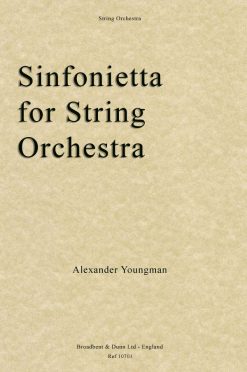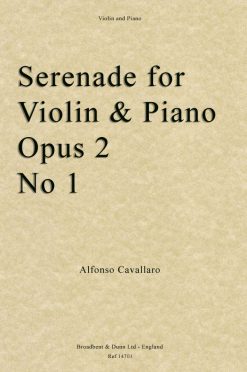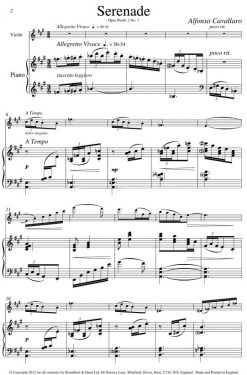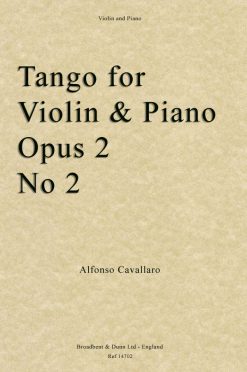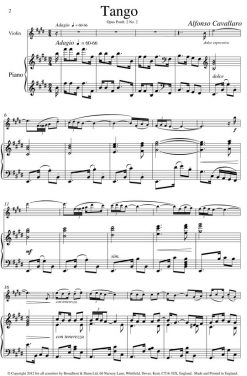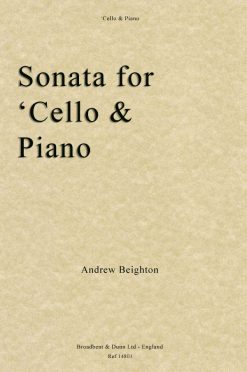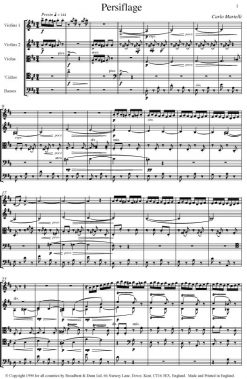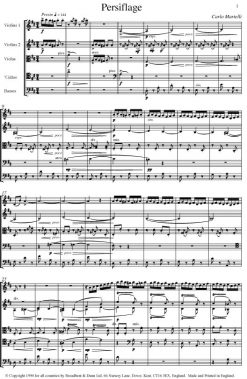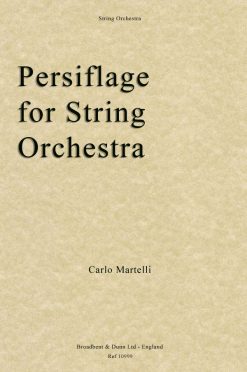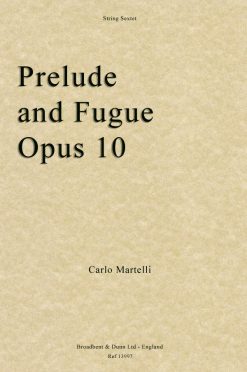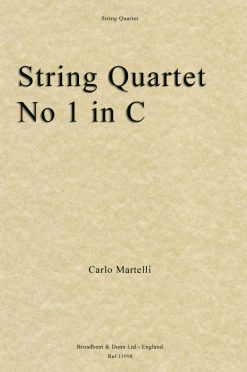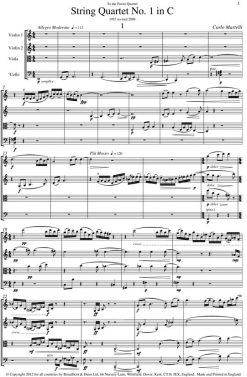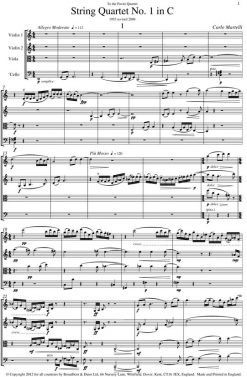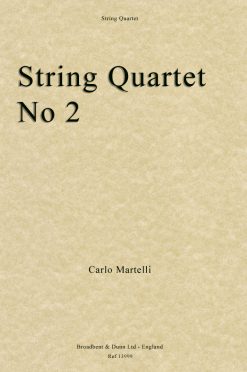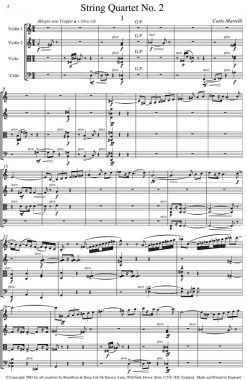String Orchestra
Alexander Youngman – Sinfonietta for String Orchestra – Double Bass Digital Download
String Orchestra
Alexander Youngman – Sinfonietta for String Orchestra – First Violins Digital Download
String Orchestra
Alexander Youngman – Sinfonietta for String Orchestra – Second Violins Digital Download
String Orchestra
Alexander Youngman – Sinfonietta for String Orchestra (Parts)
String Orchestra
Alexander Youngman – Sinfonietta for String Orchestra (Score)
Violin & Piano
Alfonso Cavallaro – Serenade for Violin and Piano Opus Posth. 2 No 1 – Digital Download
'Cello & Piano
String Orchestra
String Orchestra
String Sextet
Carlo Martelli – Prelude and Fugue for String Sextet, Opus 10 – Parts Digital Download
String Sextet
Carlo Martelli – Prelude and Fugue for String Sextet, Opus 10 – Score Digital Download
String Quartet
String Quartet
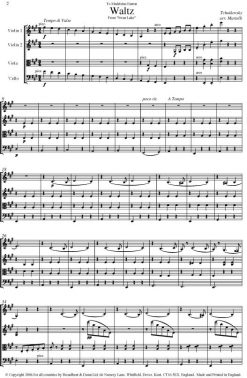 Tchaikovsky - Waltz from Swan Lake (String Quartet Score) - Score Digital Download
Tchaikovsky - Waltz from Swan Lake (String Quartet Score) - Score Digital Download 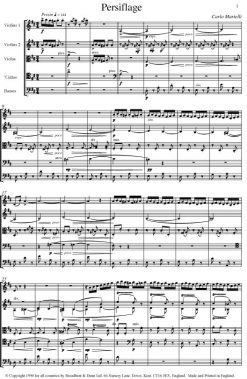 Carlo Martelli - Persiflage for String Orchestra - First Violins Digital Download
Carlo Martelli - Persiflage for String Orchestra - First Violins Digital Download 
